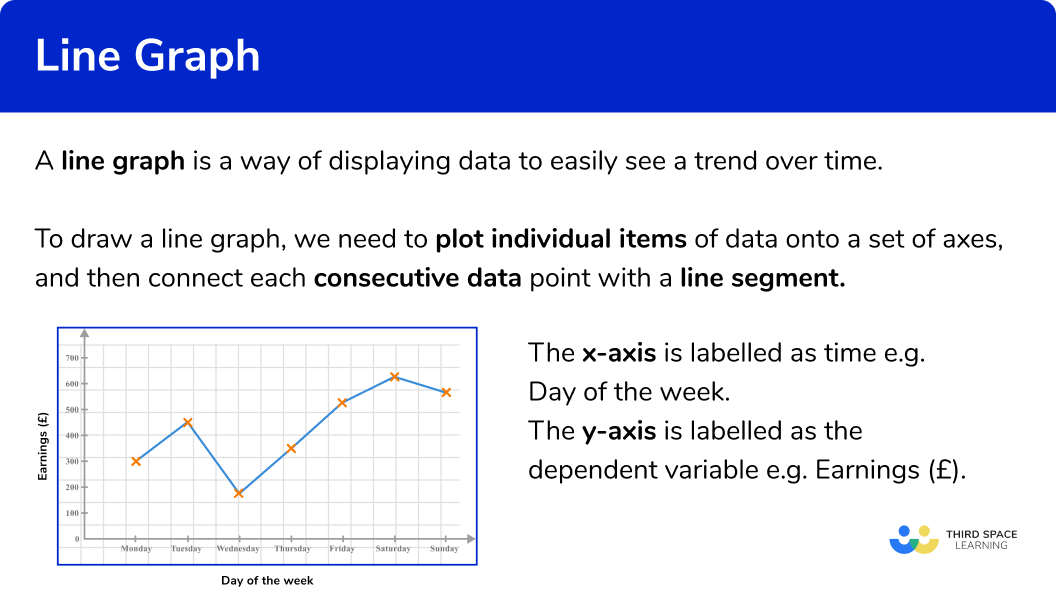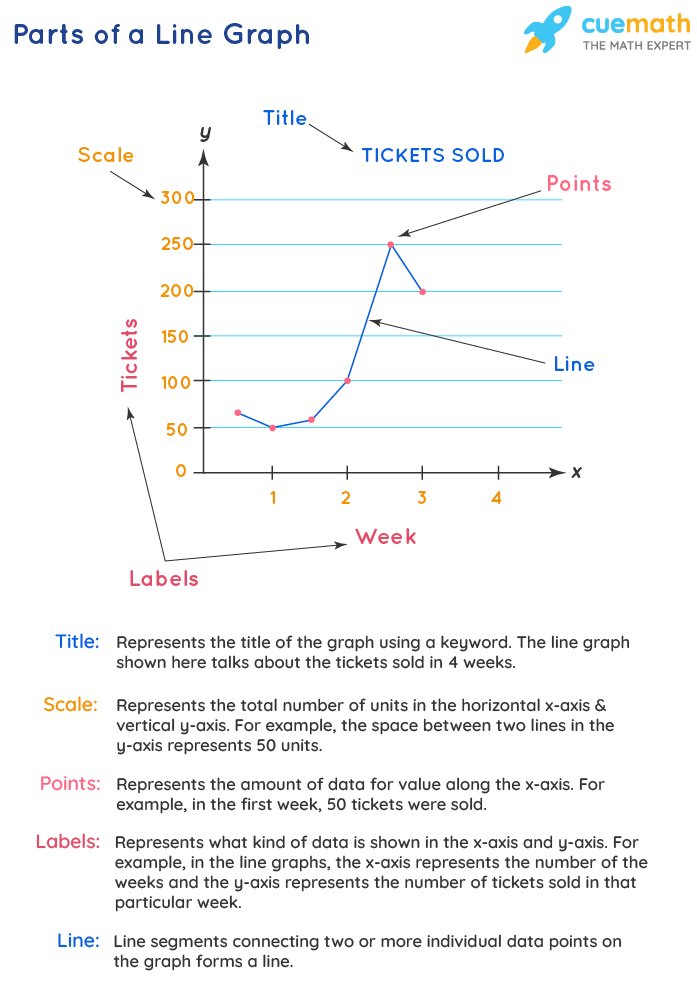Cool Info About What Are The 4 Parts Of A Line Graph Angular Material Chart
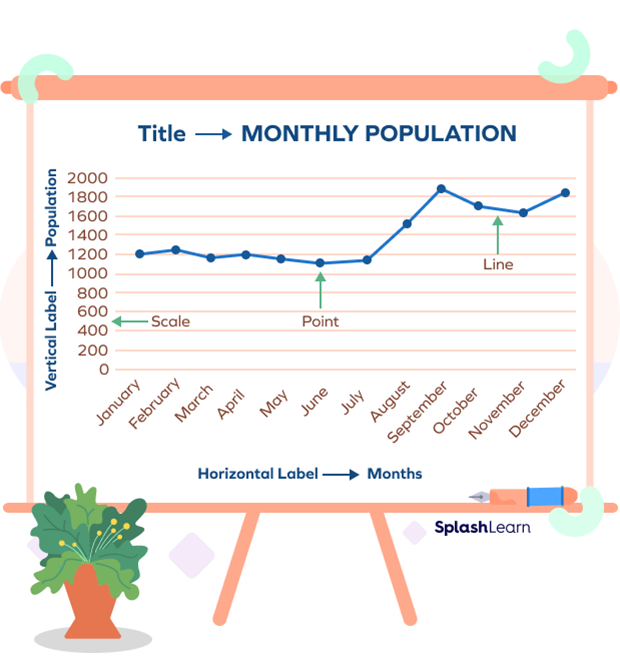
A line plot is a way to display data along a number line.
What are the 4 parts of a line graph. Understanding a line graph. Parts of the line graph include the following: Line plots are also called dot plots.
Company revenue forecasts. 3) when to use a. Graphs are ideal for adding a visual representation to statistical data.
Data is the most significant part of making a line graph. Comparing the spending habits over time of different consumer groups. 2) line graphs benefits & limitations.
The data from the table. It is nothing but the title of the graph drawn. A line chart graphically displays data that changes continuously over time.
Below is an example of a line plot showing the distance 17 turtles. Parts of a line chart. What are line plots?
Line graphs consist of two axes: Parts of a line graph. A multiple line graph can effectively compare.
Parts of a graph. The main parts of the graph are: Line graphs can be used to show how something changes over time.
A line chart (aka line plot, line graph) uses points connected by line segments from left to right to demonstrate changes in value. Dollars in 2024, a considerable. A line graph —also called a line plot or a line chart—is a graph that makes use of lines to connect.
Only one line is plotted on the graph. Each axis represents a different data type, and the points at which they intersect is (0,0). More than one line is plotted on the same set of axes.
A graph has the following main parts: In a graph, the objects are represented with dots and their connections are represented with lines like those in figure 12.3. Showing changes and trends over time.

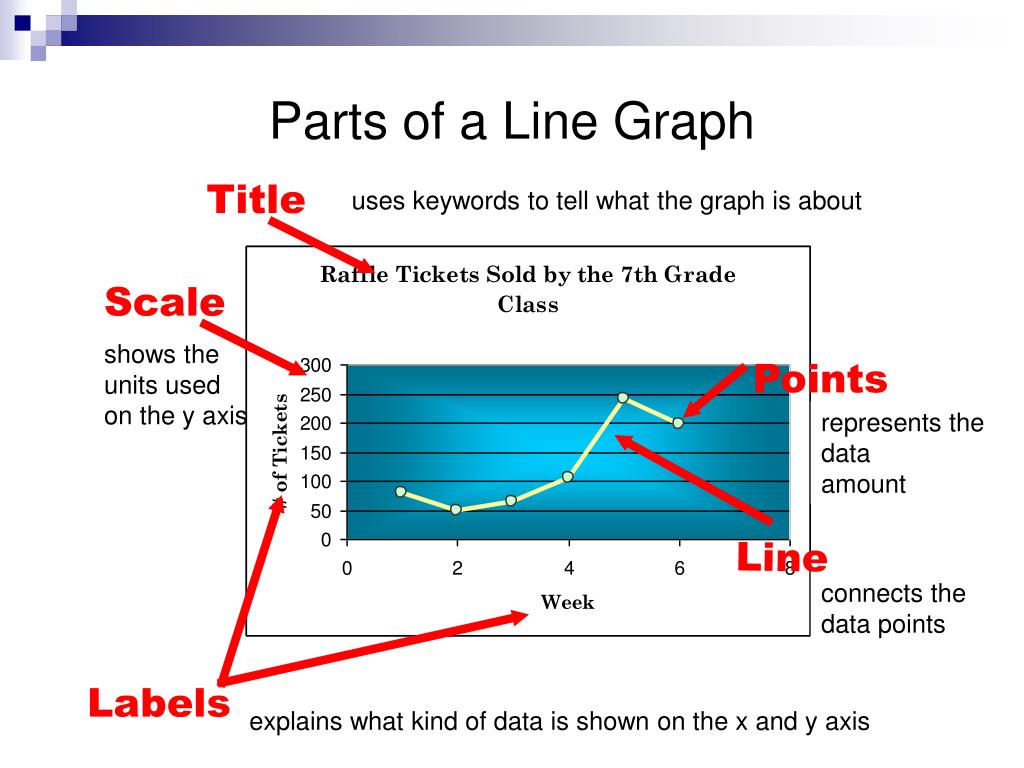


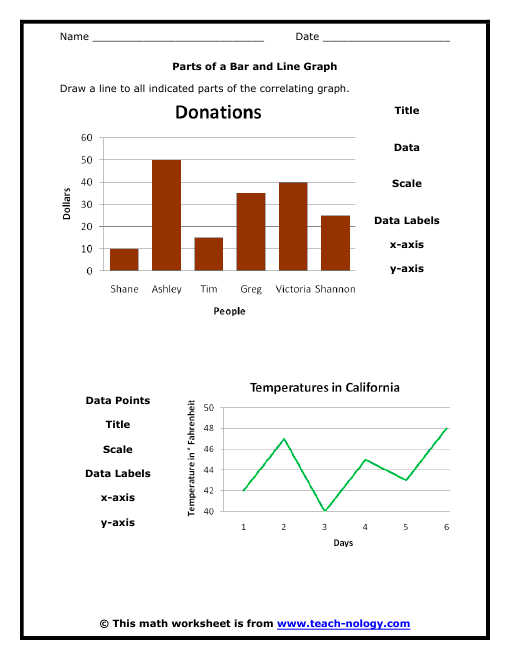
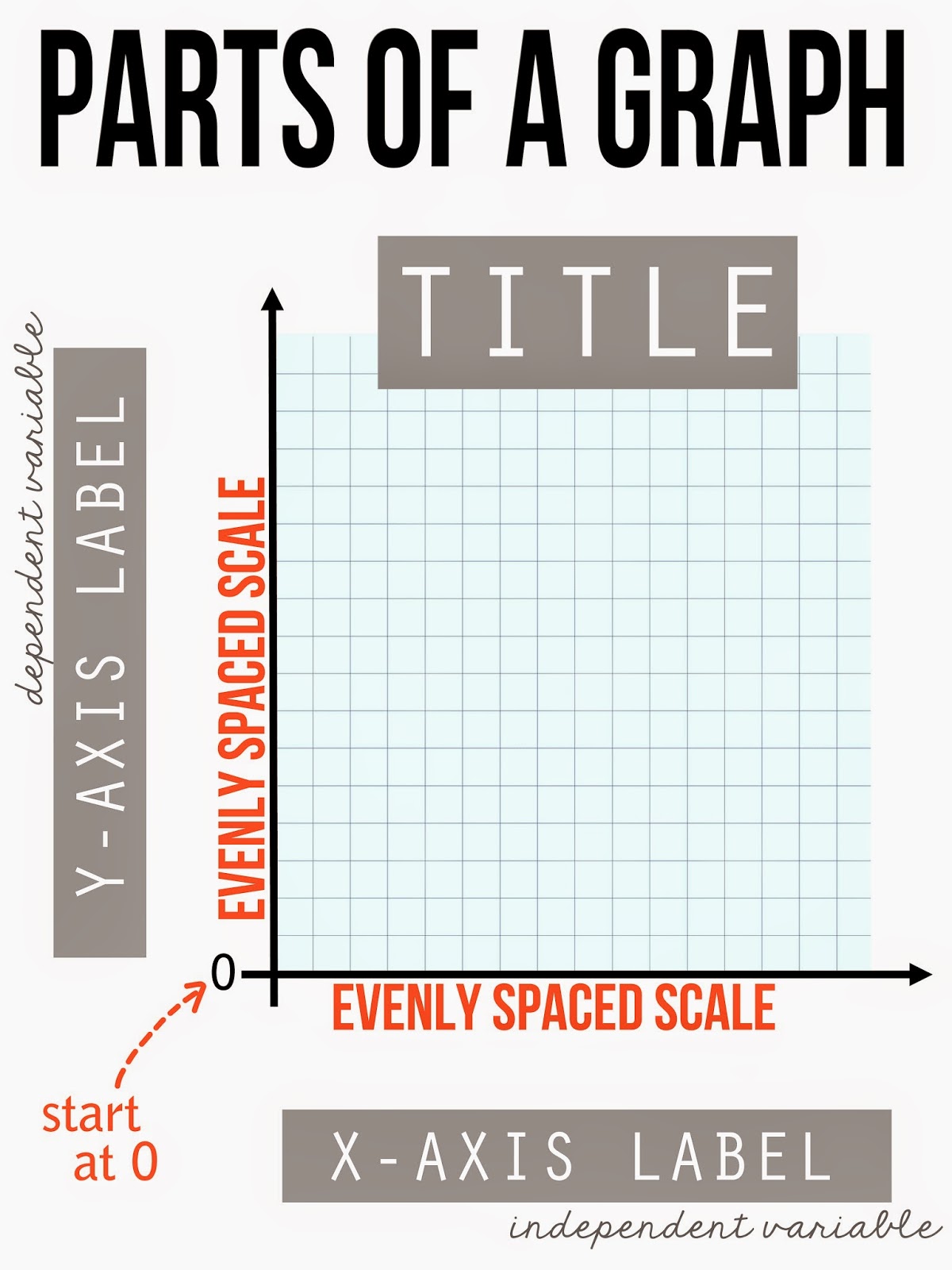
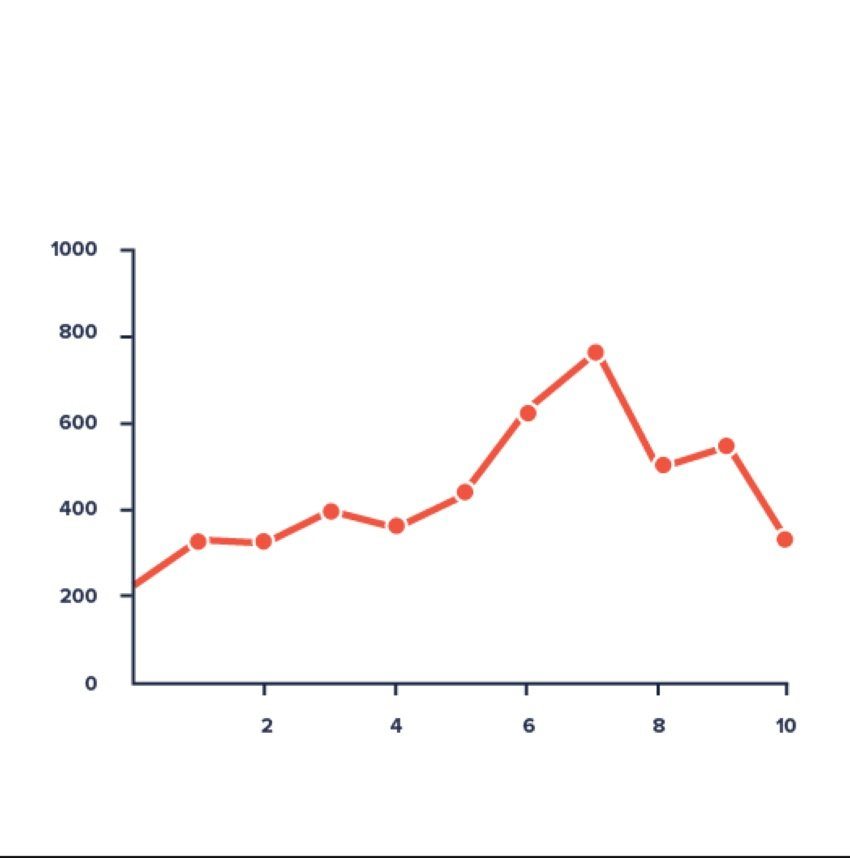

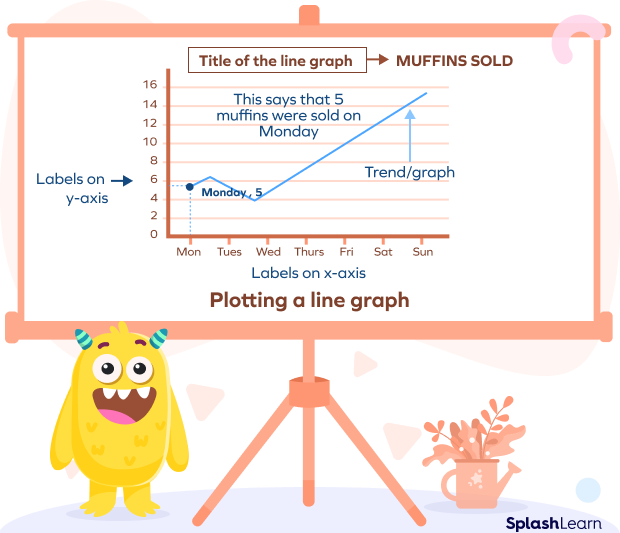

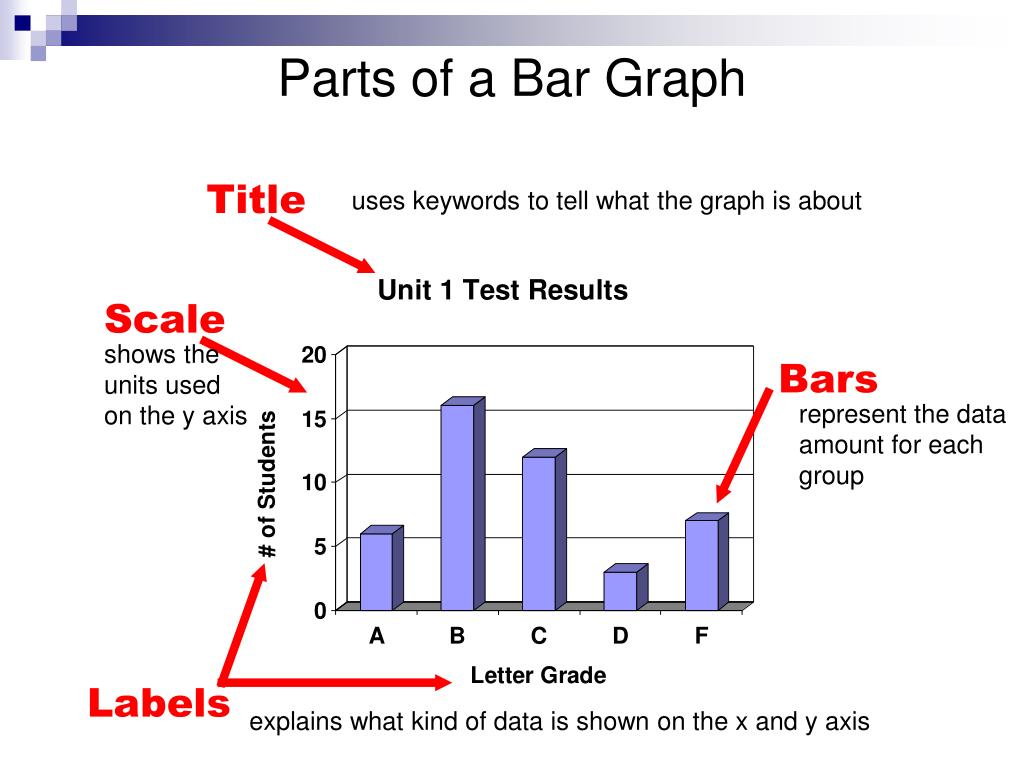
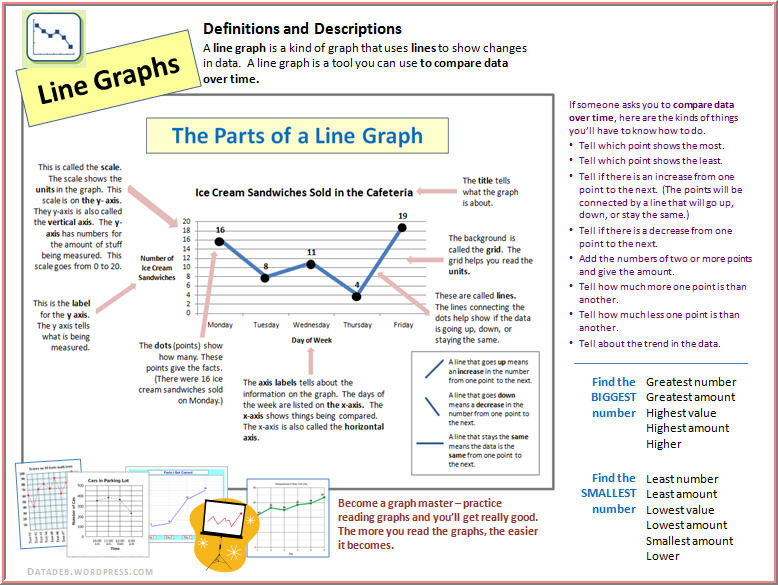

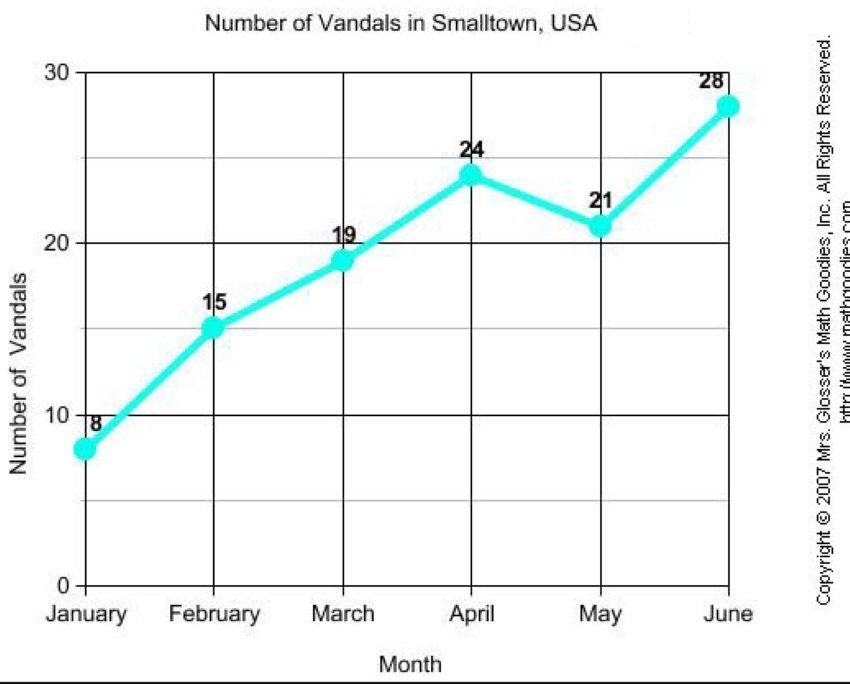
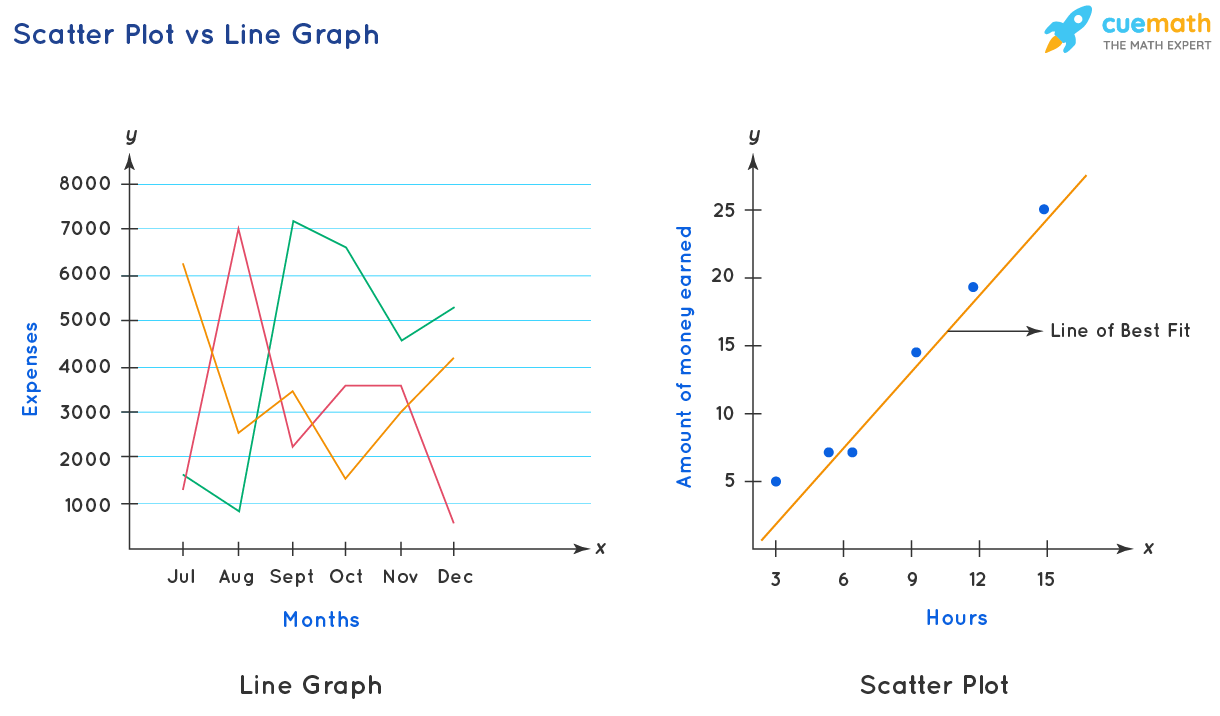
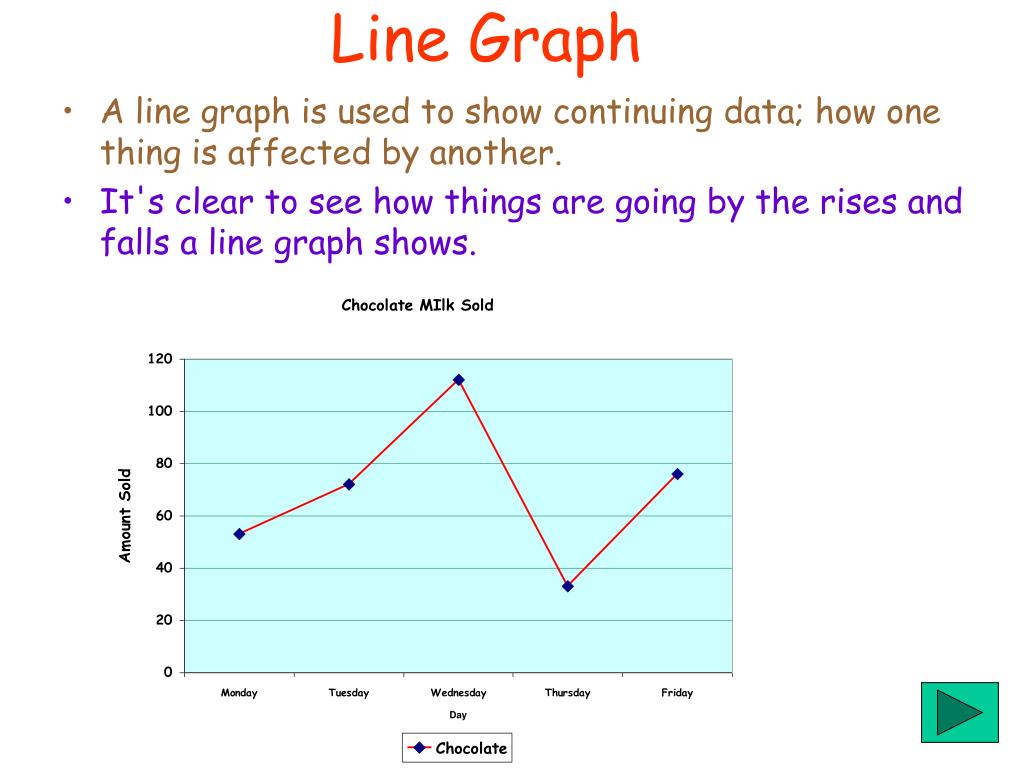
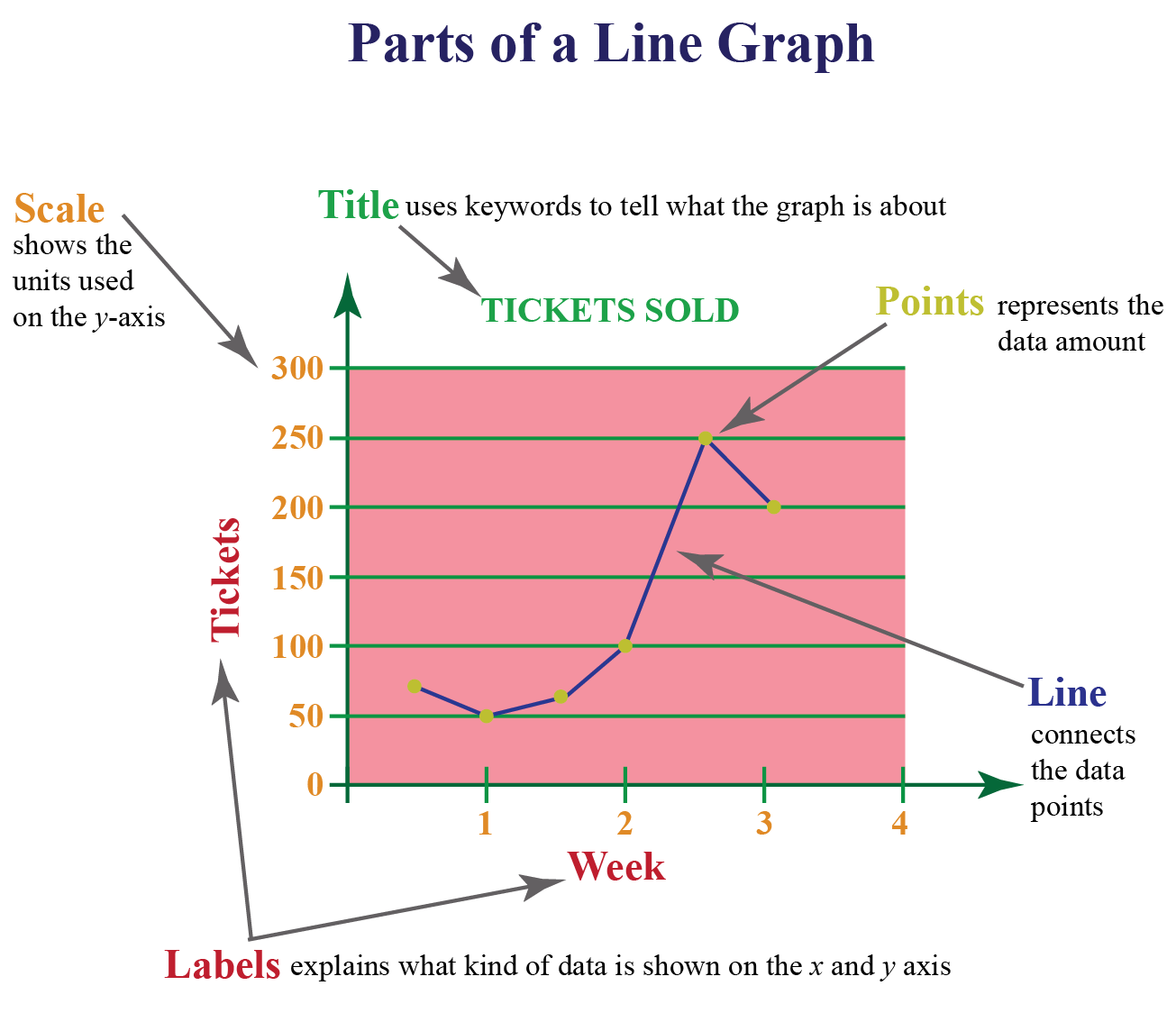
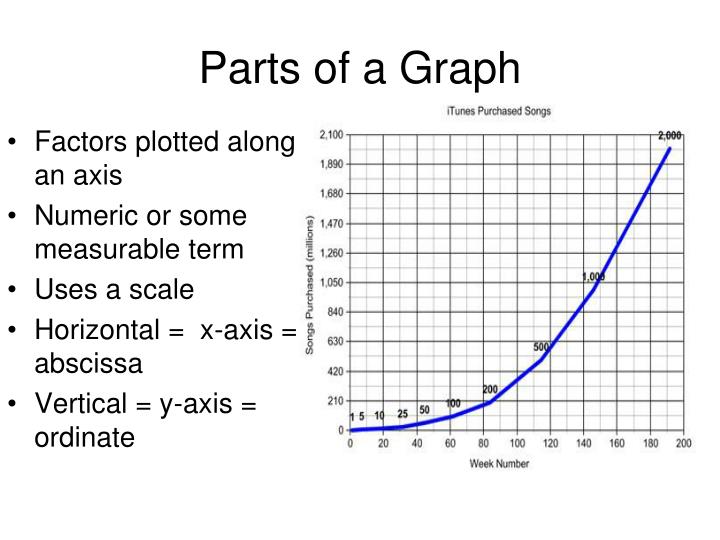
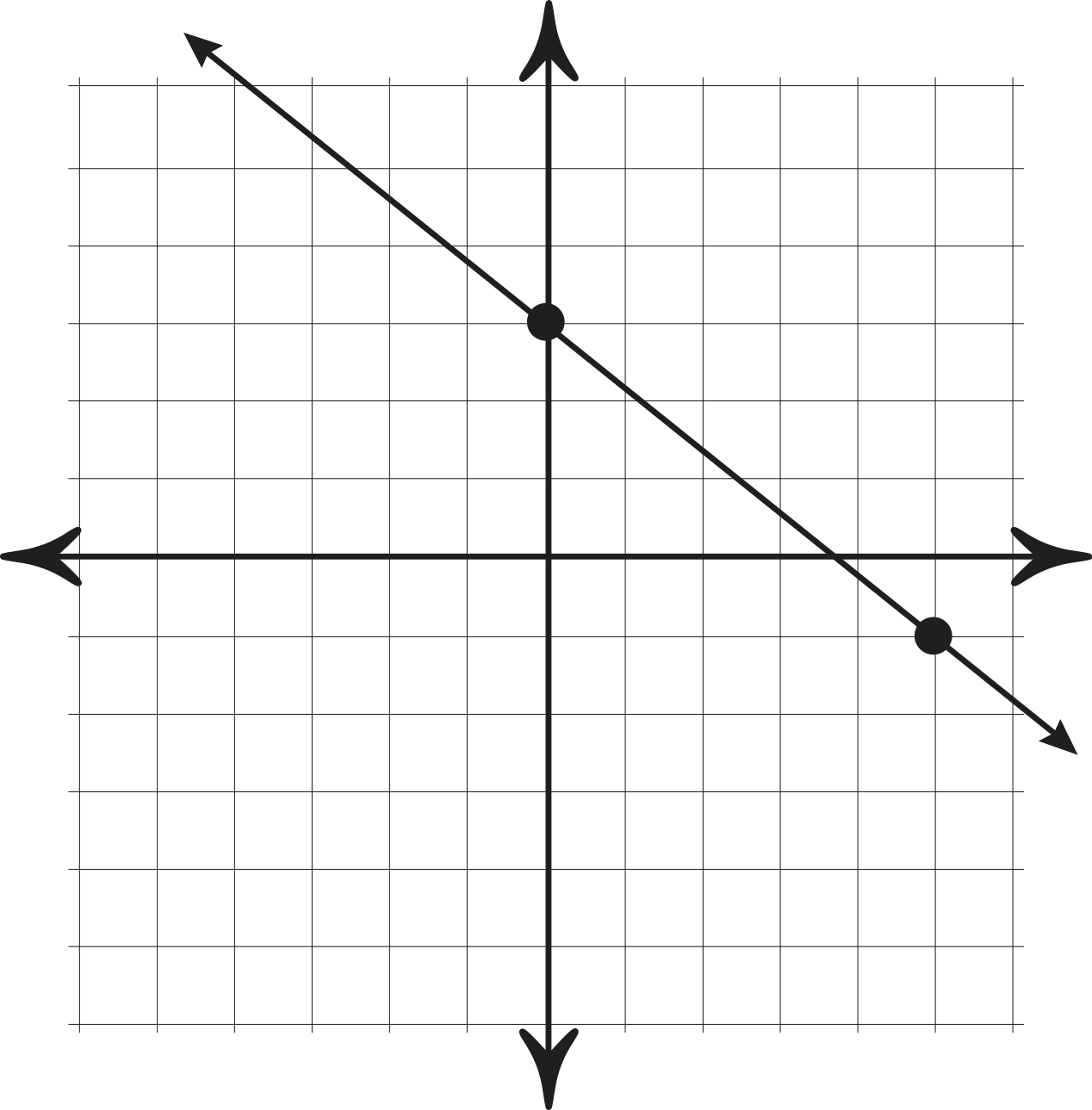

:max_bytes(150000):strip_icc()/Clipboard01-e492dc63bb794908b0262b0914b6d64c.jpg)

